From prehistoric ruins to magical kingdoms and secret mountain pools, the Italian island of Sardinia is full of surprises beyond its superb beaches. Eager to discover more, nomad Sarah sets off on a road trip.
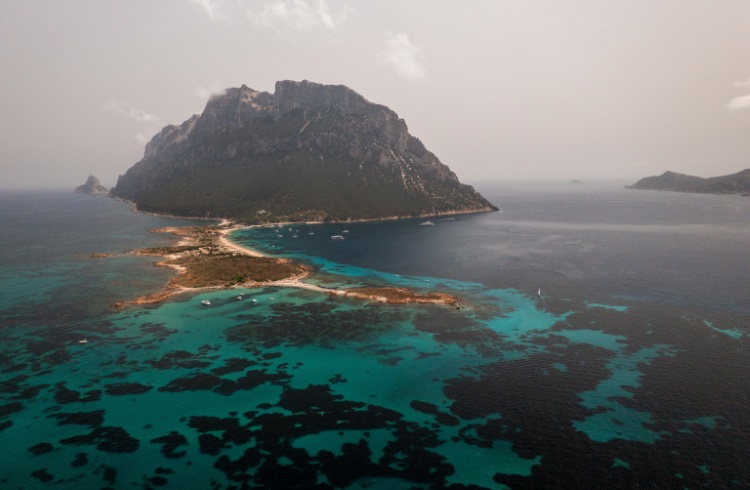 Photo © Renato Granieri
Photo © Renato Granieri
Much more than the sum of its sparkling beaches and turquoise coastline, Sardinia has many secrets to disclose, and I was on a mission to uncover a few. A land of mystery and folklore, it’s a place where adventures unfold like the pages of a fairy tale.
- The treasures of Goni
- Dunes and desert in Piscinas
- Mountains, dips, and hikes in Monte Nieddu
- The Kingdom of Tavolara
- Pink sands and beach sculptures in the Maddalena Islands
- Trip notes
The treasures of Goni
Pushing my way through a forest of cork trees, I’m hunting for homes that don’t appear to exist.
“I’m sure they’re here somewhere,” insists my Sardinian boyfriend as we continue our search for the Domus De Janus – the “house of the fairies”. Recognizable by a rectangular doorway carved into rockfaces, these dwellings can be found all over the island and are thought to date back to 3,400BC. Although most probably used as tombs, the jury is still out on their official purpose. But delving deeper into a fantasy setting of contorted branches and sculped boulders, I like to think they were inhabited by magical creatures.
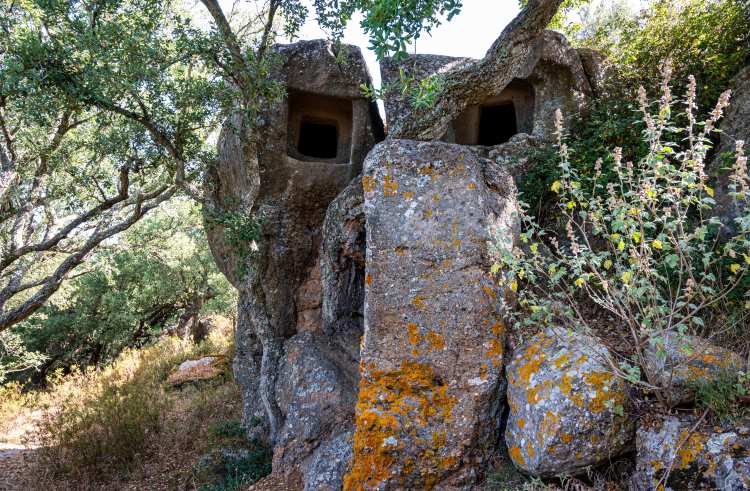
Driving from the Sardinian capital, Cagliari, in the south, it takes us an hour to reach Goni, a tiny village rich in prehistoric sites. One of the most important is the Pranu Muttedu archaeological park (entry US $6/ € 5), where 60 menhirs and megaliths stand in formations, some with the faint semblance of human forms. Nearby, the Nuraghe Goni (free) is a fine example of the 7,000 Bronze Age stone watchtowers excavated across Sardinia. Exploring these ruins is eerily stirring, knowing I’m treading the footsteps of one of the oldest civilizations in this part of the world.
Once full of life, today Goni is quiet. “It’s dead,” complains one elderly lady, bemoaning the absence of tourists in her café. “Look right; look left – there’s no one.”
Dunes and desert in Piscinas
That tumbleweed scene fits with the wild-west feel of rural Sardinia, which I experience on a trip to Arbus 37mi (60km) northwest of Cagliari. Mountain goats are nibbling at fuchsia rhododendron bushes when we arrive at sunset and terracotta slate roofs blaze golden as church bells call evening prayer.
A mass of rolling dunes and trees bent double by the wind, Piscinas – a 40-minute drive from Arbus – is the largest desert in Europe, where the sea roars loud as an ocean. At night, we wander along an old railway track in the sand, admiring abandoned mining carts illuminated by the Milky Way. But the place is best enjoyed during the day when rust-red lagoons bleed into the sea.
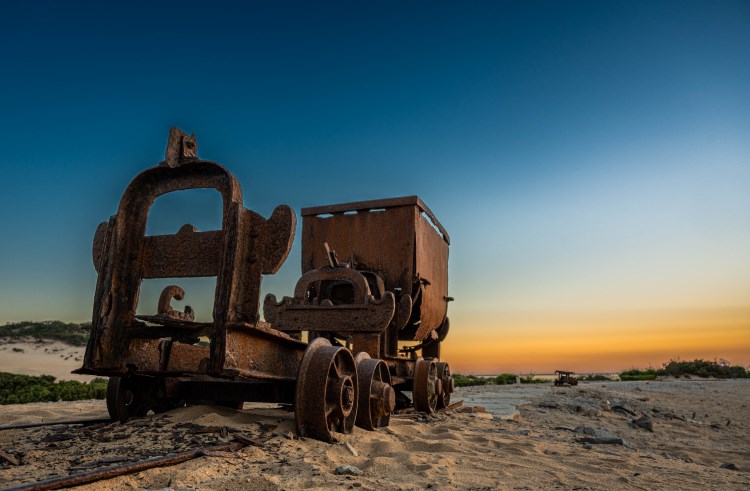
Once employed by the area’s mining industry, many retirees now live a peaceful life in Arbus – often beyond their 100th birthday, making Sardinia one of the world’s five Blue Zones, places determined to be home to the world’s healthiest and longest living people. The residents credit their longevity to a diet of velvety Cannonau wine, pecorino cheese, and culurgiones – pillows of doughy pasta stuffed with cheese, potato and mint. After eating them at a hillside restaurant, I could sleep for 100 years if nothing else.
Mountains, dips, and hikes in Monte Nieddu
Heavy dishes traditionally gave mountain communities enough energy to tackle steep climbs and rough terrain, something I appreciate when we reach Monte Nieddu in the eastern San Teodoro province. The oak and cork forests have been made accessible by a series of firebreaks, leading to a granite canyon dotted with natural pools.
Too rough for regular cars, roads are best tackled with a 4x4, so we take a ride with Johanna Beck from Natura Viva which offers a shuttle service from the town of San Teodoro (US $18/€15 return).
We follow a trail to several waterholes shielded by a granite fortress of jagged turrets and rocky ramparts. Using ropes tied to trees and metal handles helpfully stapled into boulders, I lower myself into the crisp, refreshing water, where stones shiver on the bottom and clouds are reflected on the surface. But the best is saved for last, with an infinity pool plunging into a deep canyon.
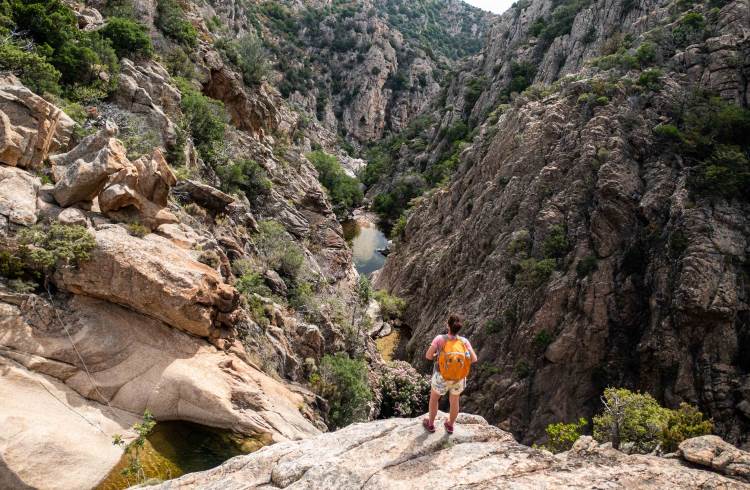
On our drive back, Johanna pulls in at a viewpoint which overlooks Tavolara, a wedge of rock rising from the water like the prow of an ocean liner. Legend suggests Charles Albert, the King of Sardinia, made the island’s only resident a king following a hunting visit in 1836, and it’s since been unofficially declared the world’s smallest kingdom.
The Kingdom of Tavolara
Catching a ferry from Porto San Paolo (US $10.50/€15 return), it takes us 20 minutes to arrive at the dock where current heir, Antonio (Tonino) Bertoleoni, runs Tonino’s restaurant. Inside his dining room, a sepia-toned family photograph hangs on the wall – an image which Tonino claims can also be found in Buckingham Palace. Whether that’s true or not doesn’t really matter – Tavolara is still a crown jewel on the coastline, and even the goats here are reputed to have gold teeth.
After paying our respects at the island’s royal cemetery, where tombs sit beneath concrete coronets, we climb a viewpoint overlooking the bay. Although I fail to see any animals with shiny smiles, I do find a grotto with a Virgin Mary set on a shelf. Below us, the clear waters swirl with turquoise and sapphire colors, evidence this is a Marine Protected Area.
Pink sands and beach sculptures in the Maddalena Islands
All along Sardinia’s northeast, the coastline is dazzling. Heading an hour north, we reach the port of Palau and catch a 20-minute ferry to the Maddalena Archipelago. Sandwiched between Corsica and the Strait of Bonifacio, six islands form a national park of forest-backed beaches, scenic hikes, and water so iridescent it could be mistaken for the Indian Ocean.

One main road rings Maddalena island, leading to Octopus Beach, where – with some imagination – smoothed boulders become a cast of sea creatures. But it’s Caprera, connected by a bridge, that I find most captivating. Trails lead to ruins of military fortifications now reduced to rubble – the most atmospheric being the Batteria di Candeo, a secret barracks hewn into the rocks.
A full-day boat trip (US $53/€45) allows me to explore the remaining islands, with spectacles ranging from the pink sands of Budelli to the bizarre sight of wild boars bathing on the shore. It’s proof that anything is possible in the magical, surreal world of Sardinia. And if pigs don’t fly, they can certainly swim.
Trip notes
Within Europe, there are several direct flights to Alghero, Olbia or Cagliari in Sardinia. Arrivals from elsewhere will need to fly via Rome or Milan.
If you want to travel beyond big towns, a car rental is essential. Accommodation ranges from expensive beach resorts to more affordable guest houses and agriturismo further inland.
Popular with Italians from the mainland, Sardinia can become extremely busy in July and August when temperatures are unbearably hot. If you want to hike or visit the mountains, I’d recommend going in May/June or September/October when it’s comfortable to climb and still swim in the sea.
Related articles
Simple and flexible travel insurance
You can buy at home or while traveling, and claim online from anywhere in the world. With 150+ adventure activities covered and 24/7 emergency assistance.
Get a quote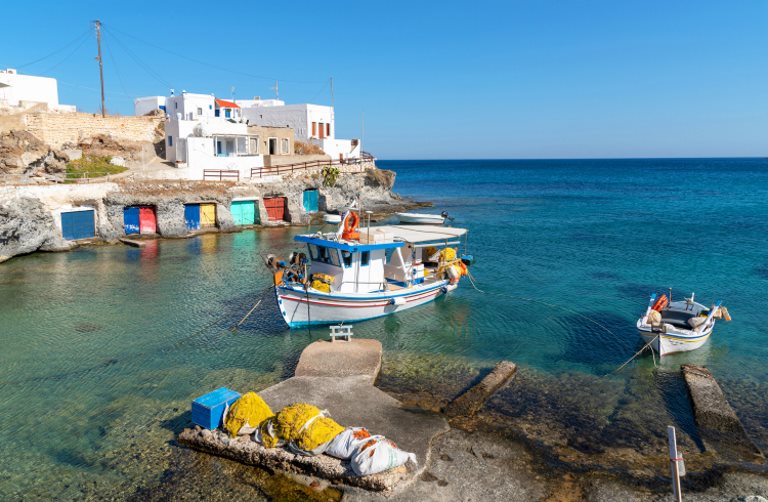
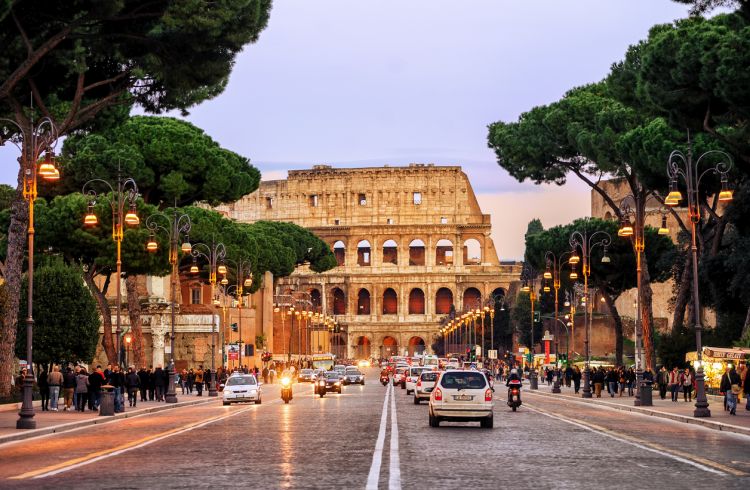
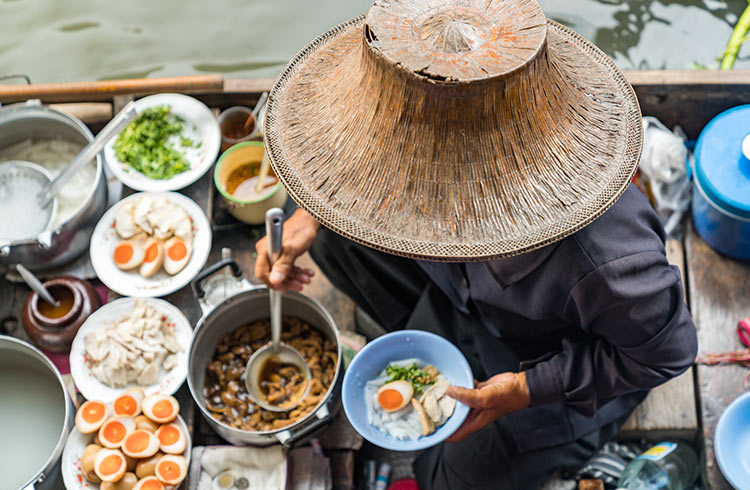
1 Comment
My husband &I & a friend had mapped out our own hiking trip in Sardinia, scheduled for May 2020 which, of course, ended up being postponed. We’d like to revisit the idea but we’re concerned about the damage done by last year’s wildfires. We had planned to do day trips, mainly in the mid-western area. Was that area affected by the fires? I’d like your feedback on the condition of that area. Would we still be walking through forests as we had envisioned or are those hiking trails devastated?
Thank you